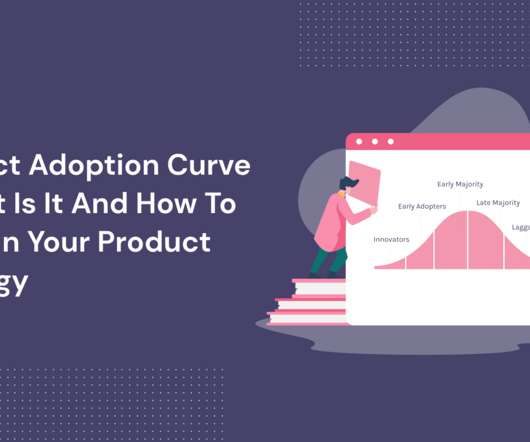Four Product Success Factors
Roman Pichler
DECEMBER 7, 2021
If people don’t need or want to use a product, it will fail. To be desirable, a product has to solve a specific problem or offer a tangible benefit. Take the example of Sonos, a wireless hi-fi system that allows people to enjoy music by providing easy access to a range of streaming services.














Let's personalize your content